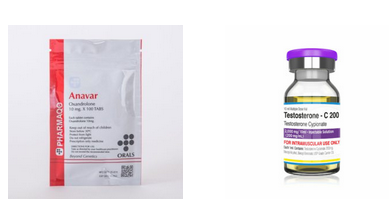Gardening might be a fun and gratifying interest, specifically when it comes to growing fruit and veggies. Probably the most preferred peppers to grow is the cayenne pepper due to its flexibility in cooking and benefits. But have you ever heard of the purple cayenne pepper? This original assortment of cayenne pepper offers not simply a similar hot and spicy taste since the classic environmentally friendly cayenne and also provides a visually pleasing put of purple for your garden and cayenne pepper seeds food. In the following paragraphs, we offers you guidelines for efficiently growing crimson cayenne pepper in your own back garden.
Picking the right area and dirt: It is important to opt for an area inside your backyard that gets no less than six hours of sun rays daily and contains well-emptying soil. Purple cayenne pepper prefers slightly acidic soil using a pH array of 6. to 6.8. If your garden soil is just not ideal, it is possible to amend it with garden compost or some other natural subject.
Beginning plant seeds inside your home: Purple cayenne pepper plants and flowers can take as much as 100 days and nights to mature, so beginning seed products indoors is the easiest method to guarantee a prosperous harvest. Sow plant seeds in peat containers or seed beginner containers 4 to 6 days just before the previous frost date in your neighborhood. Keep your dirt damp and hot (around 75°F) up until the plant seeds germinate, which normally will take around 10 to 14 days.
Transplanting seedlings: Once the seedlings have raised to about 2 ” taller and get a couple of sets of foliage, it’s a chance to transplant them into larger planting containers or straight into the floor. If transplanting to the ground, make sure you place them about 18 to 24 ” away from each other to enable for appropriate expansion and air flow.
Irrigating and fertilizing: Purple cayenne pepper plant life require satisfactory water and standard fertilization to thrive. Water them seriously once a week, ensuring that to not overwater them as this can lead to basic injury and sickness. Fertilize the plants and flowers every 4-6 weeks by using a balanced fertilizer or organic compost.
Harvesting and saving: You could start harvesting purple cayenne peppers when they have fully ripened and changed crimson. The peppers can be utilized refreshing or dehydrated and saved for later use. To dried up the peppers, just remove the stalks and seeds and lay them out in a single covering over a preparing page. Set the preparing sheet in the sun or in the your oven with a very low temp till the peppers are fully dried up.
Summary:
To conclude, developing crimson cayenne pepper demands a little bit of preparation and attention, although the ensuing harvest is well worth the energy. With these suggestions, you are able to successfully develop this original and delicious pepper in your backyard. No matter if you make use of them fresh with your recipes or dried out for later use, purple cayenne peppers are sure to win over both your preference buds along with your eyes. Happy growing plants!




